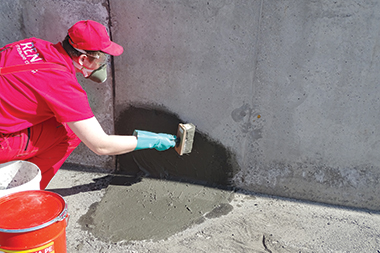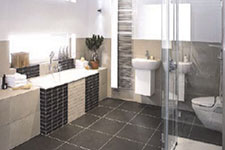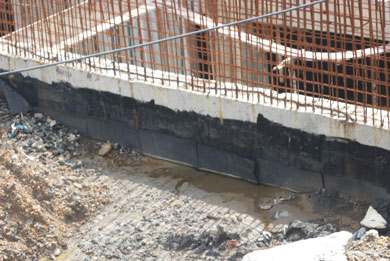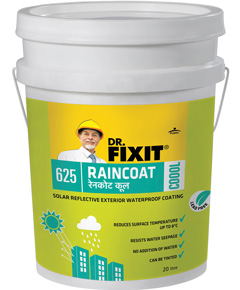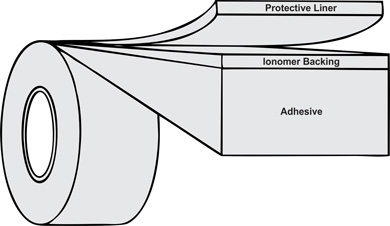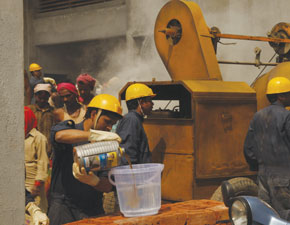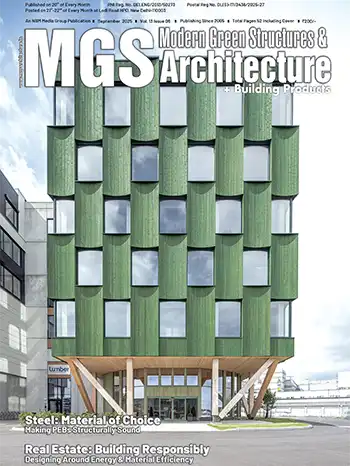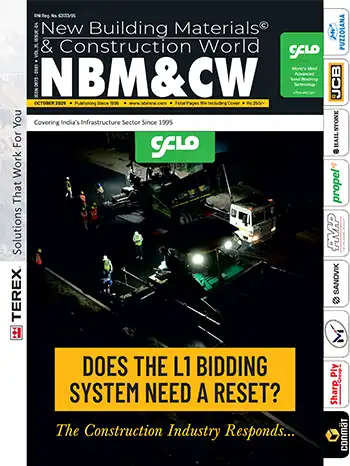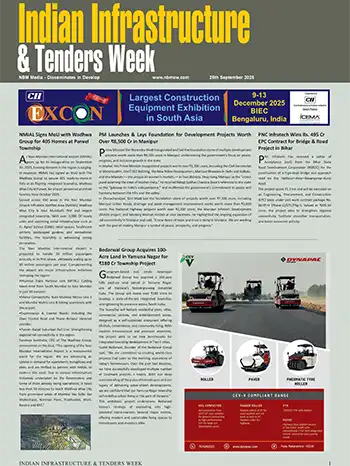Sealants - Bonds of Trust!

Sealants are slowly but steadily gaining acceptance in India, and it's a win-win situation for both the consumers and the players in this segment, observes S.D. Khan.
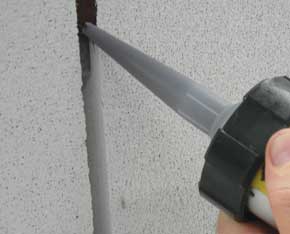
On account of these characteristics, sealants have won many admirers the world over, and they have now become inseparable from construction and allied activities. Although they have been present in India for quite some time, their usage is somewhat restricted to large projects. Apparently, the biggest deterrent is a misplaced belief among people that sealants are expensive, and their usage will increase the overall project cost quite heavily. This, however, is just a myth!
Experts are of the view that sealants constitute a negligible portion of the project cost, and should not be looked over just for the sake of money. Nevertheless, this mindset will not change overnight and efforts and endeavours of sealant manufacturers to create awareness hold the key. Apart from applicators' training, which is an integral part of their business strategy, sealant majors might benefit a lot by imparting technical knowledge to architects and consultants as well, as these influencers are abreast with the consumers' mindset quite deeply.
Moreover, the Do It Yourself (DIY) credential, which has made sealants a mass hit in Western countries, is still a nascent concept in India. Despite sealants being user-friendly, their application is often left to the labour contractors, as people consider this too menial and tedious a task to be executed personally. Nevertheless, if awareness increases among masses, DIY could be the future of sealants in India too.
Words of Wisdom

He continues, "Windows are one of the most important factors when considering the overall energy efficiency of a building. The solutions provided by sealants translate directly into higher energy efficiency. By bonding glass directly into the window frame the need for steel reinforcements in plastic windows is removed, producing a thinner frame design. This leads to an increased glass surface, greater energy savings, improved material efficiency and a brighter room ambience.

Another key requirement is the longterm adhesion durability to glass under the temperature extremes and movements found on the exterior of a commercial building. Today the world's tallest buildings use this technology, confident of the performance and durability demonstrated over past decades. Glazing Sealants provide insulating properties, lower labour costs, faster installation times, corrosion resistance, and are lighter in weight than old-fashioned mechanical fasteners. In terms of safety, glazing adhesives are flexible, more forgiving and absorb shock better than mechanical fixation systems."
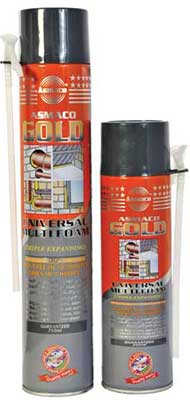

He further adds, "Silicones have a very big role in glazing. In UAE, during the peak of construction, silicones stood proudly against extreme heat, cold, humidity, heavy rain, typhoons and air pollution. With the initiative for greenhouse compliant building and their importance, more emphasis is given on sealants that meet these standards. The development u-PVC doors and windows is another step, wherein the usage of natural wood has reduced quite positively, and new technological development in doors and windows has been welcomed, which not only gives security, but also weather and sound insulation."

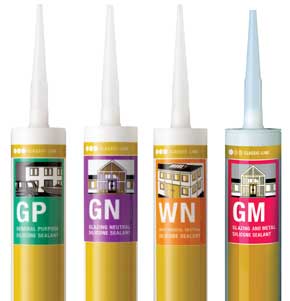
Stressing on Structural Sealants
Going by definition, a structural sealant is a joining material that is capable of transferring required loads between adjacent structural elements. And these types of sealants can be made with silicones too. With the growing focus towards longevity and durability of structures, sealant majors are channelising their expertise towards this vertical.Enumerating the various benefits of structural glazing silicone sealants, Mr. Unnikrishnan asserts, "These products are ideal for protective glazing applications where façade and window systems are required to offer additional protection and resistance against temperature variations, extreme wind pressures, and pressure from explosion."
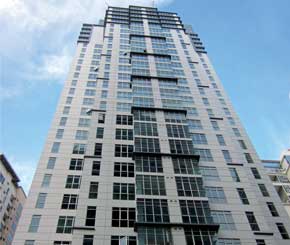
Talking about Wacker's offerings in this segment, Mr. Srinivasan states, "Wacker is a leader in the field of Structural Glazing. We have been manufacturing structural sealants at our Jincheon, South Korea, manufacturing facility, which we acquired in 2010. Wacker SG -79 provides excellent adhesion with a wide array of substrates such as powder coated aluminum and glass. SG-79 can be used for curtain wall glazing and structural glazing application. Wacker SG – 79 silicone sealant meets the high specifications of this application through its excellent property profile – excellent weather-ability, UV-, and aging resistance, very good movement capability and long-term functionality. They also exhibit outstanding adhesive strength."
"In India", he continues, "Wacker offers three sealant lines (classic, hybrid, professional), thus providing a wide range of high-performance silicone sealants for any conceivable application. The grades include construction, weather seal and sanitary sealants as well as special hybrid grades which are paintable and provide extra good adhesion. Our silicone sealants are UV and water resistant and provide an excellent bond to concrete, metal, glass, plastics and other construction materials. They comply with international construction standards such as ASTM C 920, ISO 15651 and ISO 8339."
On the other hand, Siddhivinayak is all set to launch a sustainable product for the structural sealant market in collaboration with Turkey-based Akkim's R&D team. Elaborating the merits of this category, Mr. Mohanani explains, "Structural Sealant is a term generally used to define a sealant whose strength is critical to the success of the assembly. This term is usually reserved to describe sealant with high shear strength and good environmental resistance. Structural Sealants are usually expected to last the life of the product to which they are applied. Structural glazing attaches glass to a building under high wind and stress loads, yet the sealants that strengthen the structure remain largely unseen."
Tapping the Indian Mindset
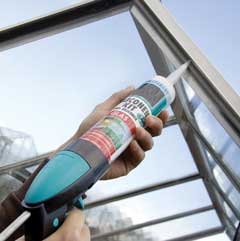
Foreseeing a change in trends, Mr. Srinivasan observes, "Traditionally India has been an extremely price conscious market. The tendency to use an economically grade sealant for all applications was the major challenge facing all the sealant manufacturers. Over the years educating the customers and increasing their awareness has yielded a paradigm shift in the outlook of the customer."
Being a global leader in sealants, Wacker has been remarkably active in creating awareness. "The Wacker Academy in Mumbai has a very close, focused, collaborative relationship with Indian universities and institutes," highlights Mr. Srinivasan. Notably, the training program takes into account the region's unique characteristics and climatic challenges with regards to construction-chemical solutions and serves as a collection of forums for industry-specific knowledge transfer between customers, distributors and Wacker experts. "We have played an active role in educating hundreds of people and creating considerable awareness for international construction standards and compliant building materials through seminars and specialized training courses. In Mumbai, the technical center has been available since 2008. Our experts will help you to take account of local raw materials, optimize formulations and test products on state of-the-art equipment in our laboratory, as per local and international testing standards. However more needs to be done as we move towards a mature market like the developed nations," he apprises.
Anchor Allied Factory, on the other hand, is already witnessing a transition. "Over the years increasing usage of this product in the construction industry with varied applications shows the steady growth in demand and the readiness of the people to understand and use new techniques and construction methods. The awareness created by various exhibitions and the marketing team of various silicone manufacturers and traders had been a catalyst for its growth," notes Mr. Unnikrishnan.
Giving a human angle to sealants, Mr. Mohanani expresses that these products surround us in nature and in our daily lives. "Substantial businesses exist to develop, manufacture, and market these materials, and they are used within virtually every business and industry. The sealants industry is bolstered by thousands of years of trial and error. This long history can be coupled with significant additions to the fundamental supporting sciences and with the development of advanced materials and processes. Consequently, society has generally progressed to a point where we actually trust not only our fortunes but also our lives to these materials," he opines.
Why not Do- it-Yourself (DIY)?
Considering the presence of sealant majors in every nook and corner of the country coupled with their efforts to educate the consumers, are we at a stage where the DIY trait of these products is marketable? If yes, then how has this characteristic given a push to these products in India, and what does the future hold?While stating that DIY is not a popular idea yet in India, Mr. Srinivasan believes that the increasing costs of labour and the lack of good quality craftsmen will push the Indian customer towards carry out jobs by himself. "This would eventually lead to a DIY market segment. Sealants are extremely user friendly unlike traditional products. This aspect augurs well for the future," he predicts.
Siddhivinayak is quite appreciative of the fact that making sealants DIY Friendly has created altogether a different market for the companies directly proportional to Business to consumer segment. Reasons out Mr. Mohanani, "It also helps the consumer to apply the product directly for the said application removing the labour cost altogether. As we are directly in touch with the consumer for DIY Category, it's easy to push the products which are technically advanced." Nonetheless, he's quite wary of the challenges. "Future is growing but the rate is very slow as there is a limitation of making the complete range DIY friendly. Also, making sealants IY friendly opens direct competition with labour contractors," he surmises.
Forecasting a growth rate of 17% over the next three years, Mr. Unnikrishnan feels that in India, the DIY is still in a nascent stage and there are a few distinguishing features between Indian and the western markets. "It can be attributed to the prevalent culture and caste context and relatively conservative lifestyle in the smaller cities. Residents strictly observe social hierarchies and roles and hence upper and middle class families are generally unwilling to take up DIY activities as they are socially frowned upon. Easy availability of cheap labour, lack of awareness, and slow growth of organized retail have jointly contributed to the slow pace of growth of the DIY sector especially in the silicone sealants' application," he contends.
In spite of the challenges such as lack of awareness and price consciousness, it's more likely that Indian consumers' inclination towards sealants will increase. The urge to move shoulder-to-shoulder with the global peers in adopting modernism has been a growing hallmark of contemporary India, and this sentiment is likely to be witnessed in sealants too, which will in-turn push the market for sealants upwards in the country.


